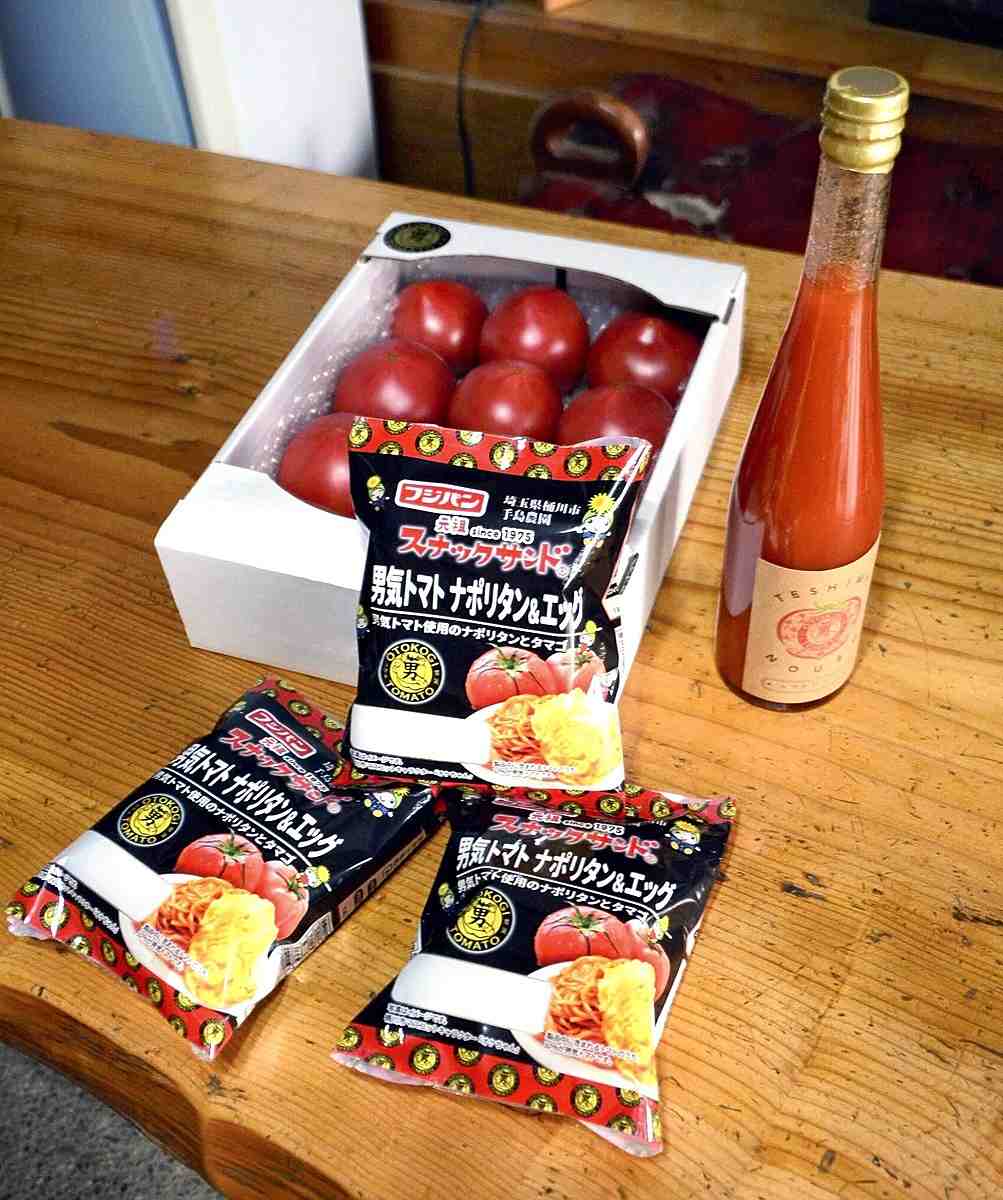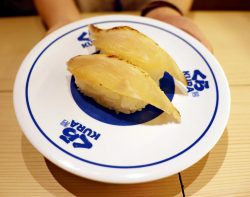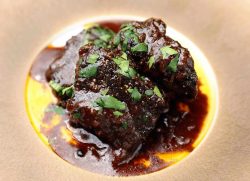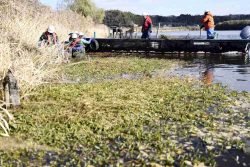Japan Farmer Hopes to Grow Iconic Tomato; Growing Method Requires Very Little Water to Produce Rich Flavor

Juice and sandwiches made using Otokogi Tomatoes
1:00 JST, June 10, 2024
SAITAMA — Orders are coming in nationwide to buy tomatoes grown using a method cultivated by a Saitama farmer.
Sold under the name “Otokogi Tomato,” the brand is popular for its succulent texture and strong umami flavor. Otokogi means “manly spirit.”
The method requires tomato seedlings to grow without being watered after they are planted so that they bear fruit that are rich in flavor.
“I want to grow my tomatoes into a brand that makes people say, ‘When I think of tomatoes, I think of Otokogi,’” said Takaaki Teshima, 49, from Okegawa, Saitama Prefecture.
After graduating from university, Teshima worked in sales for a major dairy company for about 13 years before taking over the family farm, which has been in business since the Edo period (1603-1868), in 2011.
His family were cucumber farmers, but Teshima started growing tomatoes because “they have high nutritional value, and the taste can differ depending on how they’re grown.”
In his first year, the soil became heavily waterlogged after rain fell while the greenhouses were being replaced. The harvested tomatoes were panned as “bland” or “tasteless,” and some were left unsold. Some of them were also diseased.
“I underestimated tomato cultivation,” he said.
Grown in stressful environment
Filled with regret, he read and reread about 10 books about tomato cultivation until they were worn out.
One day, he read about a method that required the growing environment to resemble the Andes Mountains in South America, where tomatoes are said to have originated, and giving the crop very little water.
“I read that stressed tomato plants produce fruits with a good balance of sweetness and acidity, and I thought, ‘That’s it!’” he said.
Teshima tried to grow tomatoes using less water and gave seedlings only a small sake cup full of water a day. They wilted in the evening but recovered at dawn as a result of dew. He spent about a month trying to figure out the minimum amount of water needed to prevent blight.
After the seedlings grew to a certain size, Teshima replanted them in a greenhouse for long-term cultivation and stopped watering them completely.
Tomatoes grow by absorbing moisture from the soil and air. The fruits that were produced using this method had much richer flavor compared to the ones harvested the previous year.

Takaaki Teshima checks his tomatoes in Okegawa, Saitama Prefecture, on April 26.
Customers have commented, “I can’t eat other tomatoes anymore,” and “My child didn’t like tomatoes, but they ate these.”
At start line
Teshima said he was glad that he took on the challenge but feels as if he has “just barely reached the starting line.”
He expanded production capacity by updating his facilities, registered “Otokogi Tomato” as a trademark and displayed advertisements at supermarkets in the city. He also garnered more interest in his tomatoes by posting about their growth on social media.
Hoping to have his tomatoes be eaten “at any time,” Teshima began selling tomato juice, as well as sauces and dressings.
A major bread company began using his tomatoes in its sandwiches, and now the branded fruit is served at a high-end Japanese restaurant in Tokyo’s Ginza district.
Teshima’s ultimate goal is to make his tomatoes become so common that everyone has eaten them at least once. To achieve his dream, he said he plans to increase production and work to reduce the number of poor-quality tomatoes.
“I want to push myself to see how far I can go as an individual farmer,” he said.
"Features" POPULAR ARTICLE
-

Sumo Restaurant in Tokyo Teaches Foreign Visitors About the Ancient Sport, with Bouts Between Retired Rikishi
-

Pangasius Catfish Increasingly Featured on Japanese Restaurant Menus, Home Dining Tables Due to Affordability, Mild Flavor
-

Autonomous Passenger Ship Connects Mainland with Remote Island in Seto Inland Sea; World’s 1st Commercially Operated Autonomous Vessel
-

Japanese Chef of Italian Restaurant in Tokyo Offers Milanese Risotto; Bright Colors, Rich Flavors in Simple Steps
-

Hokkaido Village Attracts Visitors with Red-crowned Cranes, National Special Natural Monument
JN ACCESS RANKING
-

Japan Govt Adopts Measures to Curb Mega Solar Power Plant Projects Amid Environmental Concerns
-

Core Inflation in Tokyo Slows in December but Stays above BOJ Target
-

Major Japan Firms’ Average Winter Bonus Tops ¥1 Mil.
-

Tokyo Zoo Wolf Believed to Have Used Vegetation Growing on Wall to Climb, Escape; Animal Living Happily after Recapture
-

JAL, ANA Cancel Flights During 3-day Holiday Weekend due to Blizzard
























